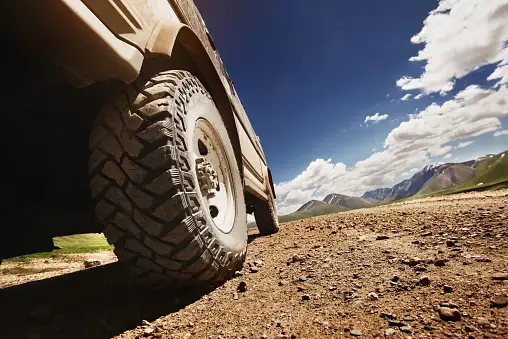November 9, 2023
Why do AWD cars need matching tires?
All-wheel-drive (AWD) cars require matching tires for several important reasons:
- Traction and Stability: AWD systems distribute power to all four wheels, which helps improve traction and stability, especially in slippery or uneven road conditions like rain, snow, or gravel. Matching tires ensure that all four wheels have consistent grip, reducing the risk of wheel spin or loss of control.
- Handling and Performance: AWD systems are designed to provide optimal handling and performance by distributing power to the wheels with the most traction. Mismatched tires can affect the balance and grip of the vehicle, leading to uneven handling and potentially compromising the car’s performance.
- Differential and Transmission Stress: When AWD systems detect wheel slippage, they transfer power between the front and rear axles and sometimes between individual wheels. Mismatched tires can lead to differences in tire circumference and grip, causing additional stress on the drivetrain components like the differential and transmission. Over time, this can lead to premature wear and potentially costly repairs.
- Safety: Consistent tire performance is crucial for safety, especially in emergency situations. Mismatched tires can affect the car’s braking distance, stability during sudden maneuvers, and overall control. Inconsistent tire behavior can increase the risk of accidents.
- Warranty and Liability: Some AWD vehicle manufacturers specify that using mismatched tires can void the warranty on the drivetrain components. If an accident were to occur due to tire mismatch, it could also affect liability in insurance claims or legal proceedings.
To maintain the intended performance, safety, and longevity of an AWD vehicle, it’s essential to use tires that match in terms of size, tread pattern, and wear. When replacing tires on an AWD car, it’s advisable to replace all four tires at once, even if only one is damaged or worn out, to ensure that they are a perfect match. Additionally, it’s essential to follow the manufacturer’s recommendations for tire size and type to maintain the vehicle’s performance and safety characteristic.
Can you have different size tires on AWD?
It’s generally not advisable to have different size tires on an all-wheel-drive (AWD) vehicle. AWD systems are designed to distribute power to all four wheels in a way that ensures consistent traction, handling, and performance. When you have different size tires on an AWD car, it can lead to several problems:
- Differential Stress: AWD systems rely on differentials to distribute power between the front and rear axles and sometimes between individual wheels. If the tires have different sizes, they will rotate at different speeds, causing stress on the differentials and drivetrain components. Over time, this can lead to premature wear and potentially expensive repairs.
- Handling and Performance Issues: Different-sized tires can cause uneven handling and affect the car’s performance. The wheels with smaller tires may rotate faster than those with larger tires, leading to instability and unpredictable handling characteristics.
- Traction and Stability: AWD systems work best when all four tires have consistent grip and traction. Mismatched tire sizes can disrupt this balance, potentially leading to wheel spin or reduced stability, especially in adverse weather conditions.
- Safety Concerns: In emergency situations or during sudden maneuvers, mismatched tire sizes can compromise the vehicle’s stability and control, increasing the risk of accidents.
- Warranty and Liability: Using different-sized tires on an AWD vehicle may void the warranty on the drivetrain components, and in the event of an accident, it could affect liability in insurance claims or legal proceedings.
To maintain the intended performance, safety, and longevity of an AWD vehicle, it’s essential to use tires that match in terms of size, tread pattern, and wear. When replacing tires on an AWD car, it’s advisable to replace all four tires at once, even if only one is damaged or worn out, to ensure they are a perfect match. Additionally, follow the manufacturer’s recommendations for tire size and type to maintain the vehicle’s performance and safety characteristics.

